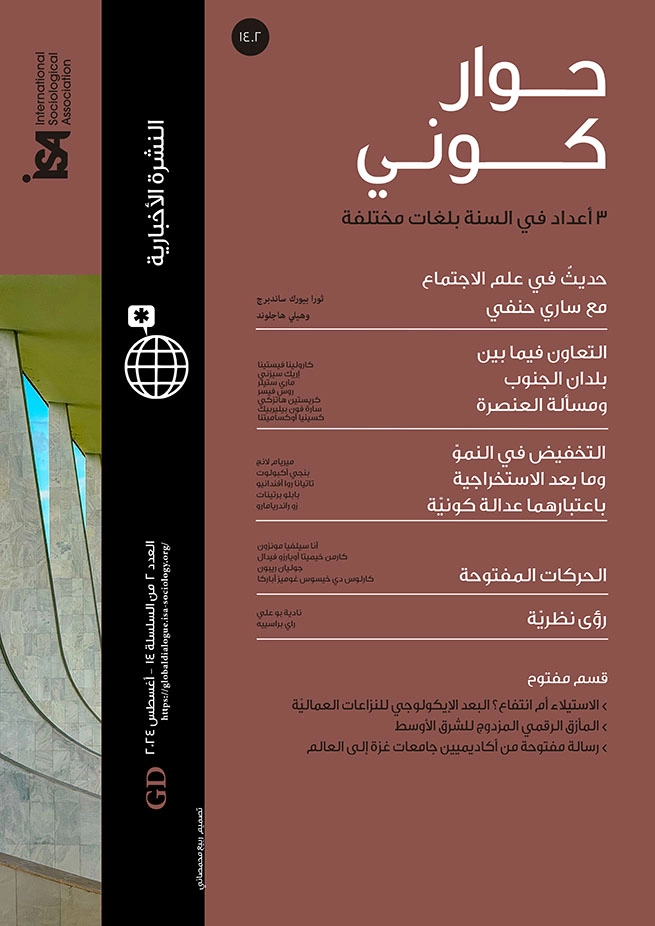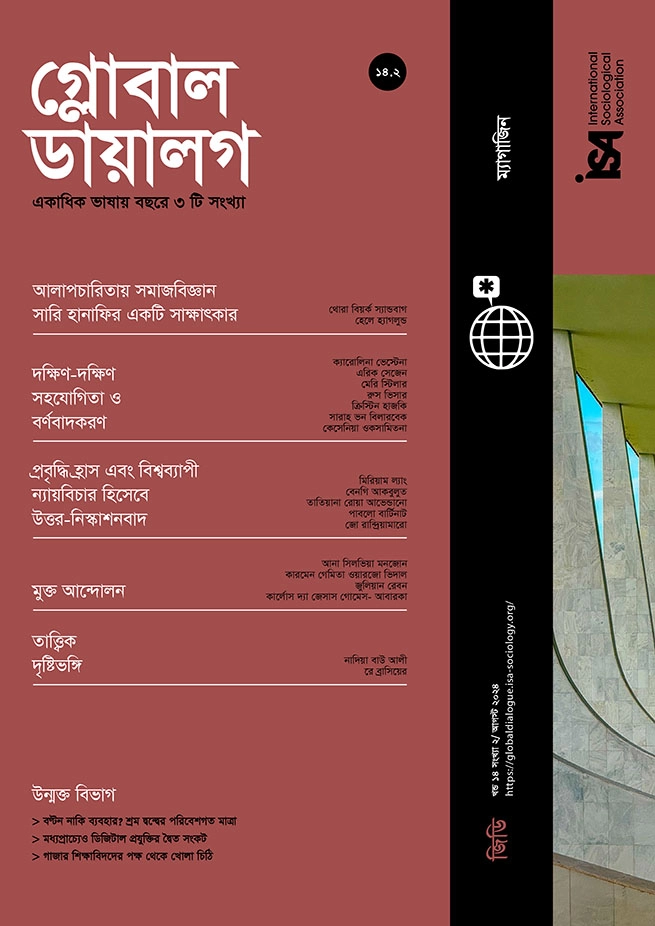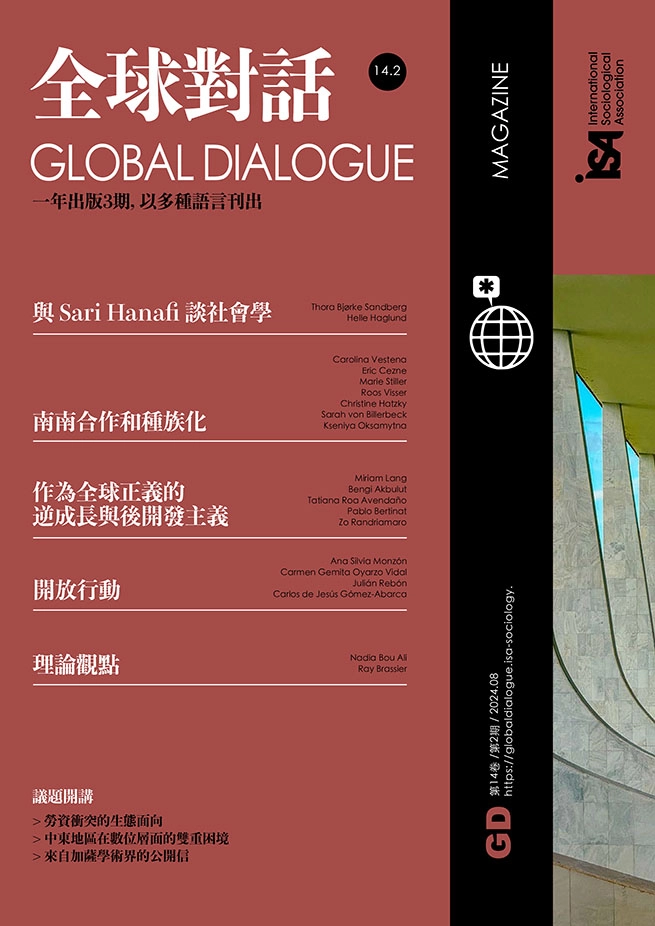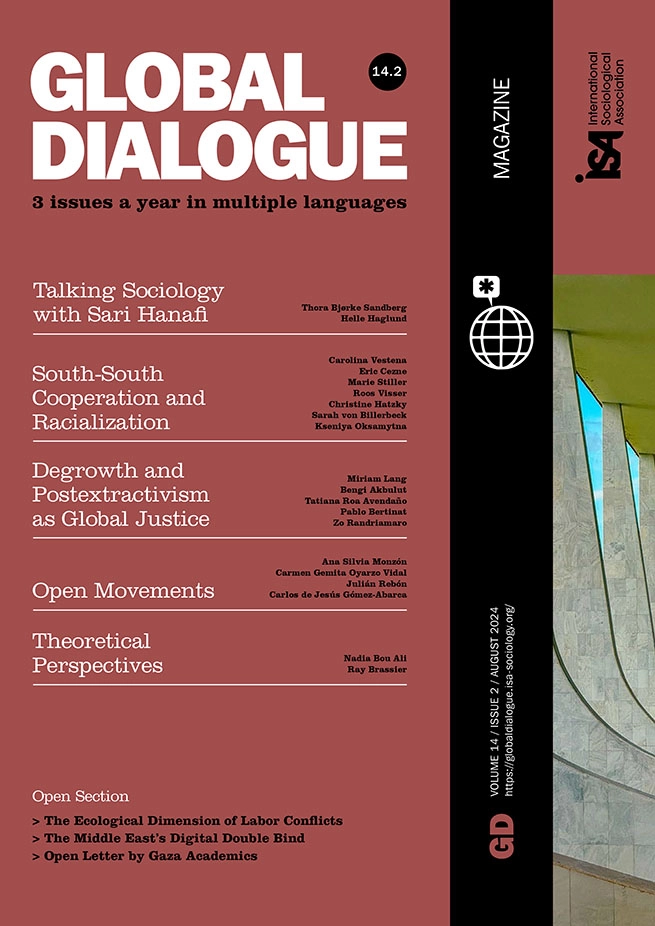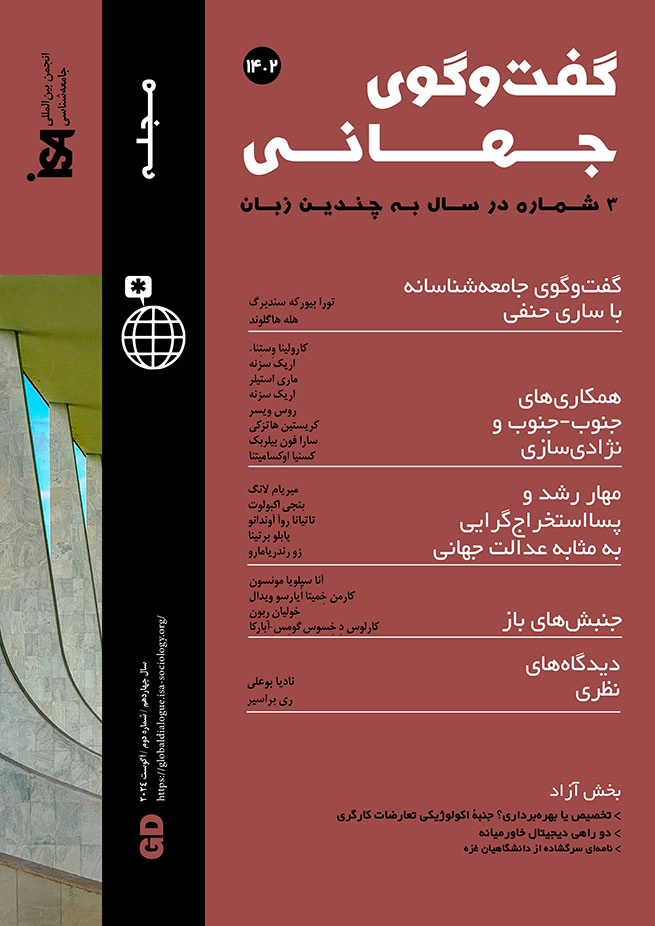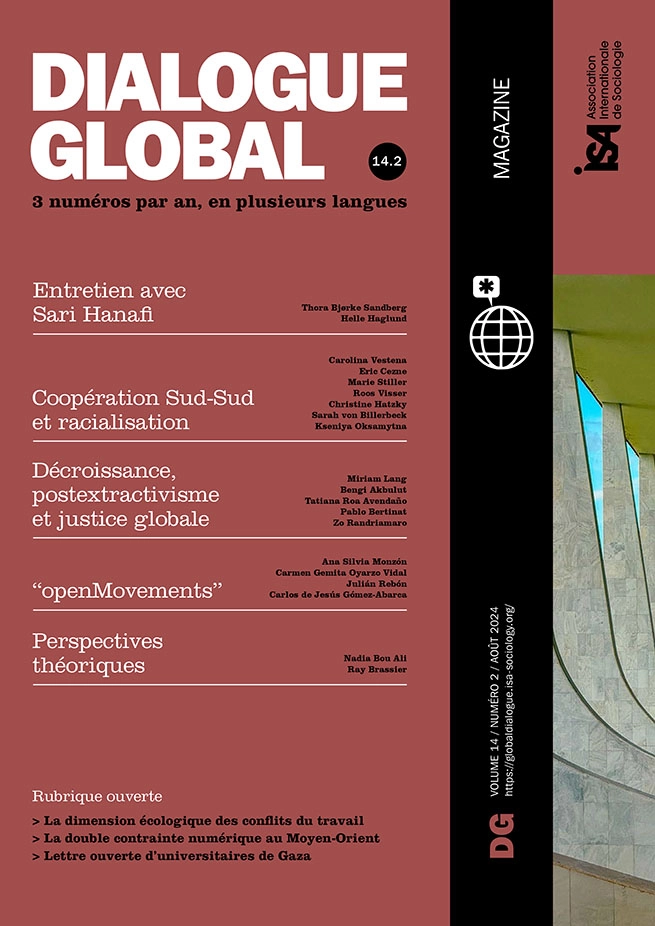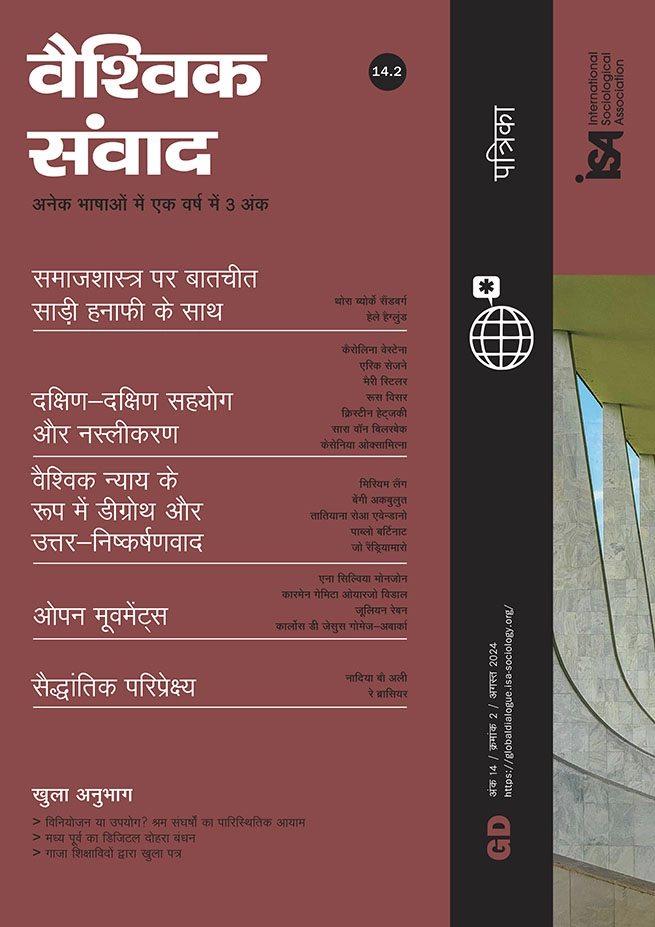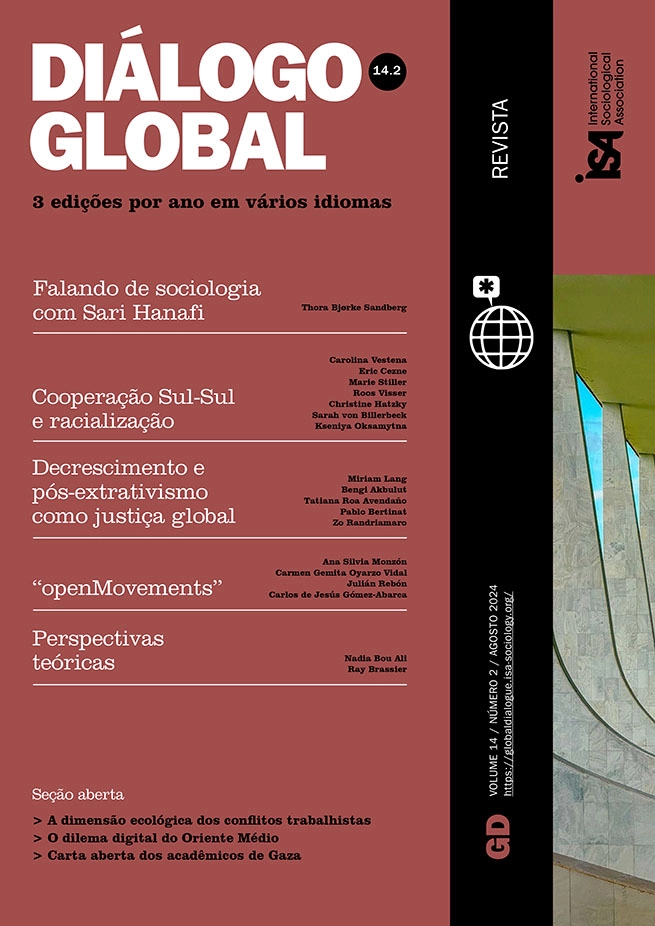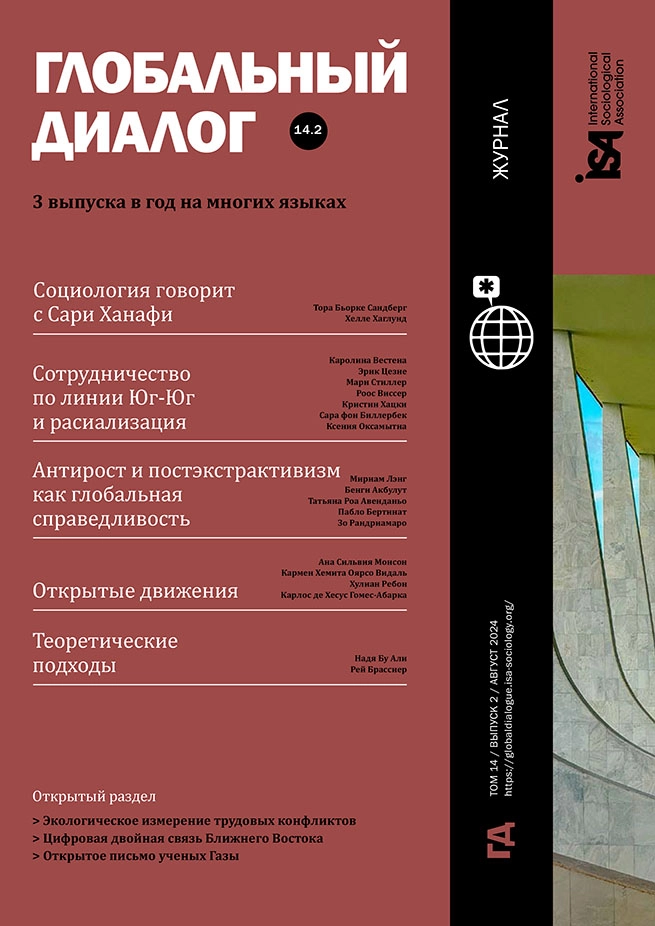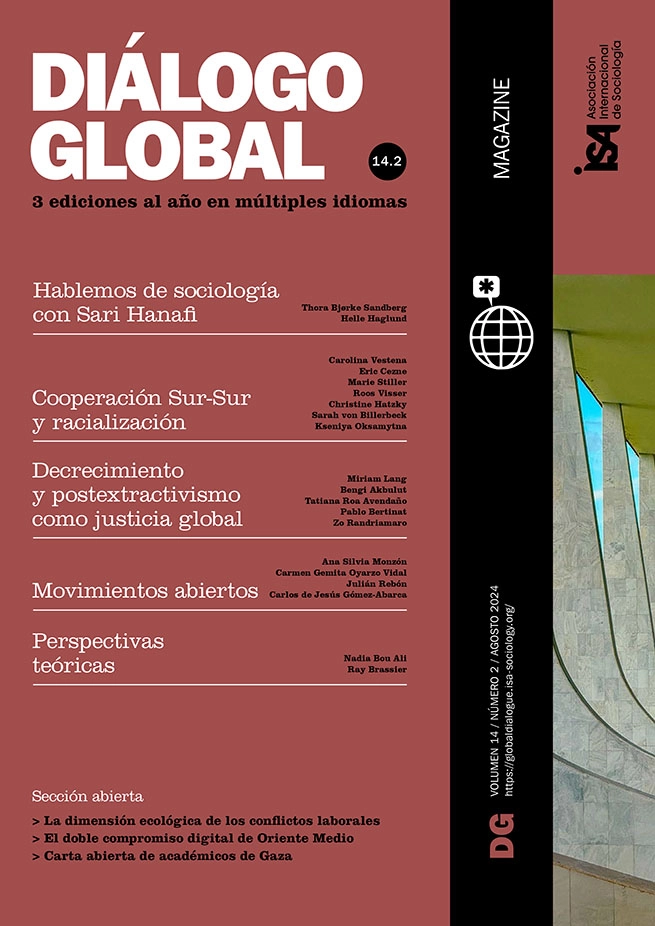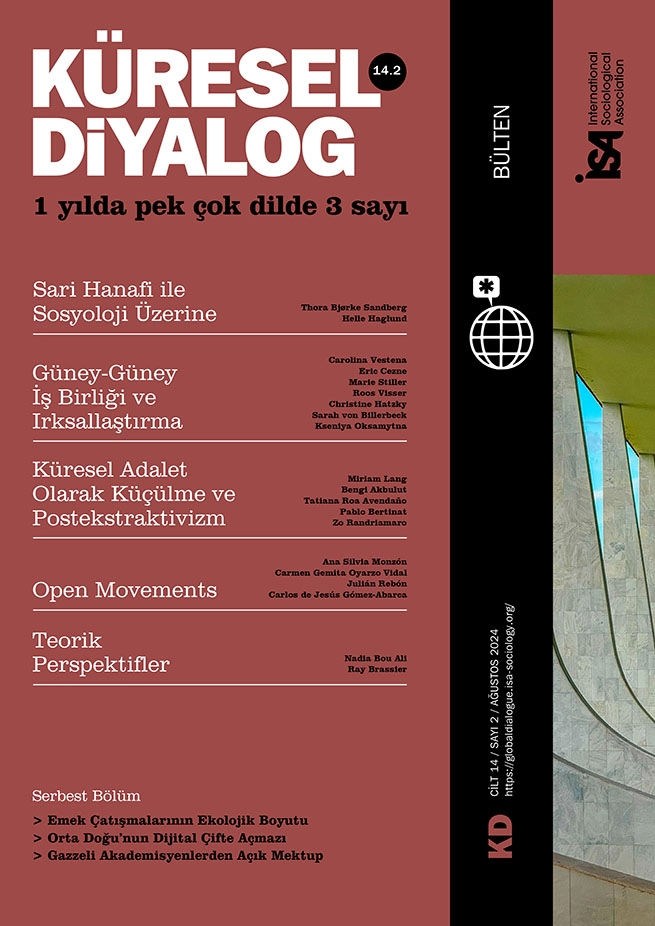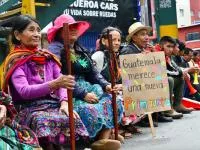Ayotzinapa: Ten Years of Impunity
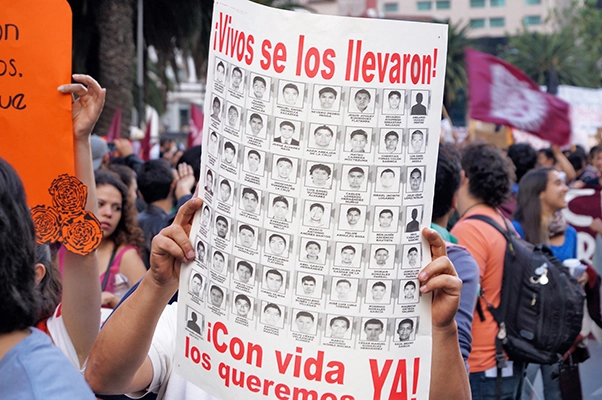
July 15, 2024
On March 6, 2024, in the heart of Mexico City, human rights activists and parents of the students from Ayotzinapa who disappeared in 2014 violently entered the National Palace. The striking images of a van knocking down a historic nineteenth-century door circulated worldwide. The protesters advanced to the visitor registration counter, where the military, responsible for security, responded with tear gas. All this happened while President López Obrador held his usual morning conference. A sign placed in the palace window reads: “We just want dialogue”. In light of this, we wonder: What has changed ten years after the tragic “night of Iguala”?
Facts and investigations
On the night of September 26 and into the early hours of September 27, 2014, an operation targeted a group of students from the Rural Normal School “Isidro Burgos” in Ayotzinapa, in the state of Guerrero. In the incident, six people were killed and a further 43 students kidnapped. Such events are not uncommon in the region, which has a long history of popular struggles and state repression. The aggression against the young students is linked to government policies with negative effects for rural schools, due to their connections with the Federation of Socialist Peasant Students of Mexico (FECSM), as well as to historical echoes of peasant and student uprisings. The events took place in an area where numerous economic and political interests, both legal and illegal, were at stake.
During Enrique Peña Nieto’s administration (2012-18), the investigation into the “disappearance” of the 43 Ayotzinapa students was led by the Attorney General of Mexico (PGR), Jesús Murillo Karam. On November 7, 2014, Murillo announced the “historical truth” about the facts. According to that version of events, a group of detainees confessed to having murdering the students. The students were going to disrupt an event by the wife of the municipal president, and were detained by the police from Iguala, Guerrero, and then taken to the local police station. The “historical truth” thus presented suggested that the students had been incinerated in the Cocula landfill by the criminal group “Guerreros Unidos”, in collusion with the local police.
Since 2014, parents, protesters, analysts, and the media have all questioned this version, presenting testimonies and evidence indicating that military leaders had knowledge of and were implicated in the execution of these criminal acts.
Upon assuming the presidency of Mexico in 2018, Andrés Manuel López Obrador (AMLO) revitalized the investigation by creating the Commission for Truth and Access to Justice in the Ayotzinapa Case (COVAJ). The Commission embarked on a new inquiry to clarify the facts, guaranteeing the right to truth, justice, and non-repetition of these serious crimes. In the 2nd Report of COVAJ, the “historical truth” was debunked, new hypotheses of the events were established, and it was recognized that what happened in Ayotzinapa was a “state crime” in which various authorities and elements of the Mexican army and navy were involved.
It is estimated that at least 434 people participated in this tragedy. The remains of three students have been identified and the prosecutor has ordered the arrest of 132 people, but there is no evidence that the missing students are alive. Among those arrested are members of the army, Guerreros Unidos, the police, and former officials of the Attorney General’s Office. In the past year, significant arrests have been made, including those of high-ranking officials such as former Attorney General Jesús Murillo Karam, one of the people behind the invention of the “historical truth”.
A struggle for justice
In 2014, during the march to commemorate the murder of students on October 2, 1968, in Mexico City, there was little knowledge of the whereabouts of the 43 Ayotzinapa students. However, the commemoration turned into a unanimous cry demanding the return of those who had been “disappeared” alive. The streets of the historic center of Mexico City were blocked as students, civil organizations, and social movements marched from the Plaza de las Tres Culturas to the Zócalo, expressing their distress, sadness, distrust, and indignation at the escalating violence in the country.
In the following months, massive marches and gatherings multiplied in different locations across Mexico and abroad. Parents of the 43 students, activists, social organizations, and citizens joined in a series of mega-marches, demanding justice and denouncing “It was the State!” amid increasing repression and confrontation with the police at the end of the demonstrations. Official information was scarce, but the population began to form its own conclusions, expressing its outrage through slogans such as “neither 43 nor 68” in rejection of the ongoing repression and the government’s narrative.
Despite decreases in attendance at the marches after December 1, 2014, the parents’ struggle has not waned. They have continued to seek support and to coordinate efforts with students, civil organizations, and other social movements. The recent incursion into the National Palace in March 2024, led by parents of the 43 students, aimed to reopen dialogue with the President and advance the investigation.
This action occurred in a context where the relationship between the parents and the government of AMLO has become tense, and the most significant people driving for clarification during the early years of COVAJ are no longer part of this task. On the one hand, the parents of the 43 students point to a lack of government willingness to clarify the case, denounce protection for the military personnel involved, and demand the release of military espionage documents that could be key to the investigation, but so far have received no response. On the other hand, in the final stretch of AMLO’s term in office, the government continues to discredit the demands of those who question it, labeling them as “conservatives” and offering the parents of the students a meeting without their lawyers present.
For Santiago Aguirre, director of Centro Pro, this case could have been exemplary of a turnaround in justice delivery in Mexico with this new government. However, it has become one of the biggest disappointments of this administration, revealing the new military power and inaction in the face of the deficiencies of the Attorney General’s Office. Meanwhile, justice for the 43 students seems to be a debt that will remain pending and will likely be inherited by the next administration. With only a “half-truth”, the parents of the 43 students continue their tireless efforts to access truth and justice.
Carlos de Jesús Gómez-Abarca, Universidad de Ciencias y Artes de Chiapas, Mexico <jesus.gomezabarca@gmail.com>

